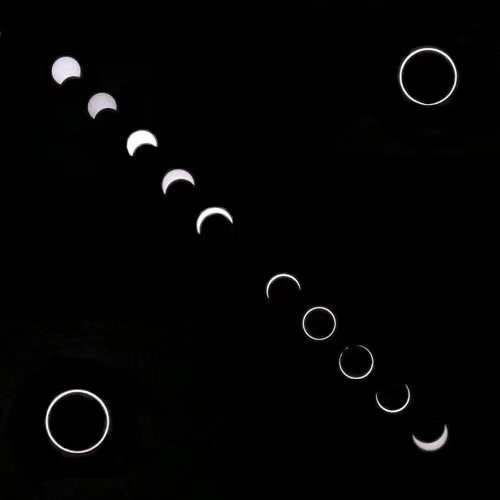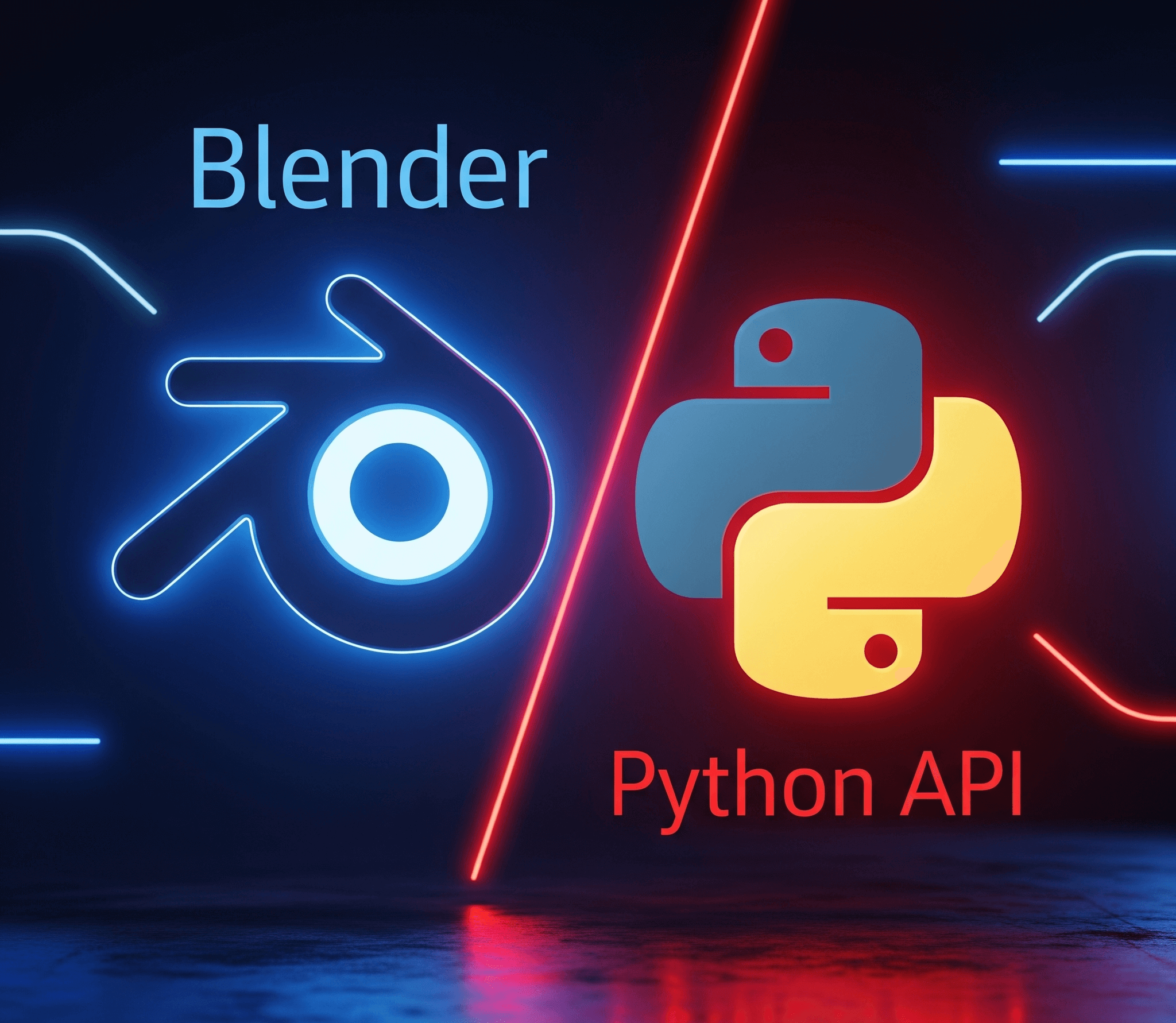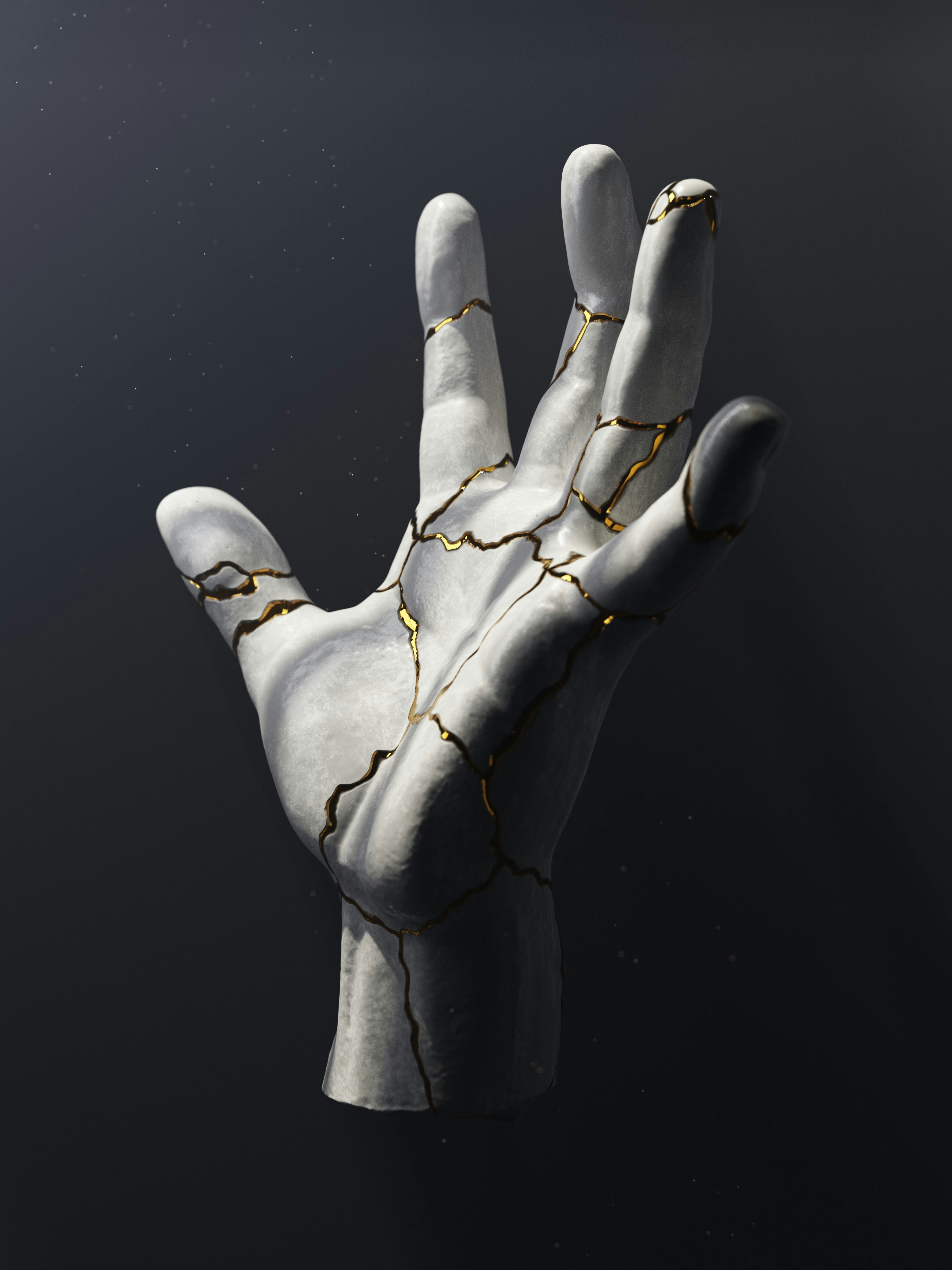Model Context Protocol(MCP) Server Construction
Preface Recently, I have been used to writing in English. This is the my first English post ever, which is about MCP server construction. This post will introduce the basic concepts of MCP server construction and provide some examples. Intrduction Model Context Protocol, or MCP for short, is a protocol that allows a client to interact with a server in a standardized way. It is used to provide a consistent interface for clients to access and manipulate data on the server. How did I find it?...
GRUB 主题设置
在 /etc/default/grub.cfg 配置好主题后,重启不生效。 经查询发现,需要使用 grub-install 命令重新安装引导 1sudo grub-install --target=x86_64-efi --efi-directory=/boot/EFI --bootloader-id=Archlinux --recheck 运行命令后,生成的 efi 文件位置不对。更改为 1sudo grub-install --target=x86_64-efi --efi-directory=/boot --bootloader-id=Archlinux --recheck 重新运行后,再更新 grub.cfg 1grub-mkconfig -o /boot/grub/grub.cfg 再次重启后,成功加载壁纸和主题。
Test
你是刷 Visa 还是 UnionPay { "type": "radar", "data": { "labels": [ "Eating", "Drinking", "Sleeping", "Designing", "Coding", "Cycling", "Running" ], "datasets": [ { "label": "My First Dataset", "data": [65, 59, 90, 81, 56, 55, 40], "fill": true, "backgroundColor": "rgba(255, 99, 132, 0.2)", "borderColor": "rgb(255, 99, 132)", "pointBackgroundColor": "rgb(255, 99, 132)", "pointBorderColor": "#fff", "pointHoverBackgroundColor": "#fff", "pointHoverBorderColor": "rgb(255, 99,...
Cup Product and Join Product
The “cup product” in de Rham cohomology and the “join product” (symbolized as “∨” or “∨”) in Geometric Algebra are not the same thing. They are completely different operations used in different contexts for different purposes, even though they share a similar-looking symbol (or a related one) and a connection to an exterior product. Let’s break down each one to clarify the difference. 1. The Cup Product (∪) in de Rham Cohomology Mathematical Setting: Algebraic Topology and Differential...
From Quotient to Anti-Symmetry
That’s an excellent question that gets to the very core of how abstract algebra works. The process of taking a quotient can feel counter-intuitive at first, but it’s a standard method to “enforce” new rules or properties onto a mathematical structure. Let’s use a very simple and familiar example from elementary math to make it intuitive, and then we’ll apply it to the case of exterior algebra. A Simple Analogy: Integers Modulo N (Group Quotient) Think about how we construct modular...
Non-surjective Injection Depends on Ordered Bounded Set
The Essence of the “Shift Operator” The core reason why a linear map on an infinite-dimensional space can be injective (one-to-one) but not surjective (onto) is that it is fundamentally a “shift operator” on a well-ordered infinite basis. This operator acts by re-arranging the basis elements, leaving a “gap” or “empty slot” at the beginning that can never be filled. This phenomenon requires three key properties of the underlying space: A Well-Ordered Basis: The space must have a basis that...
Why do Accelerated Charges Radiate
Recently, I’m discovering the forming reason of quantum mechanics. In the beginning of this journey, I encountered a more fundamental question from electromagnetism: Why do accelerated charges radiate? I attempted to find a intuitive explanation as the first step, searching for the answer on Reddit, StackExchange and Wikipedia. And I do found some helpful resources, including a talking about the problem: Why do accelerated charges radiate? and even a brand new concept: Liénard–Wiechert...
Blender Python API (0)
我们习惯于在二维平面上描绘数据的世界。 过去很长一段时间,我像许多数据工作者一样,依赖着 Python 的 Matplotlib、Julia 的 Makie 等优秀传统框架。 我曾为它们绘制出精美的散点图、热力图、动态折线图而欣喜,也曾为了在有限的平面空间里,绞尽脑汁地展现高维数据的结构、捕捉复杂系统中的动态关系、或者让网络拓扑中的关键连接一目了然而感到力不从心。 我想是时候做出改变了。 三天前,我在查找 Blender 的入门资料时,偶然翻到了一篇介绍 Blender Python API 的文档 —— 那一刻我才意识到,这就是我真正想要的突破口。 它不仅能用代码塑造几何形体,还能操控材质、光影、动画乃至物理模拟。 在接下来的系列文章里,我们将逐步探索 Blender Python API 的强大潜力,欣赏它如何将冰冷的数据,转化为充满魅力的三维叙事。
Blender Python API (1)
Today, I made some progress with the Blender Python API, including realizing simple interfaces and basic controls. For example, I encapsulated the logic of creating basic objects. 123456789101112131415161718192021222324252627282930313233343536373839404142434445464748495051525354555657585960616263646566676869707172737475767778798081828384858687888990def plane(size: float = 1.0, location: tuple = (0, 0, 0)): bpy.ops.mesh.primitive_plane_add( size=size, # Size of the plane ...




